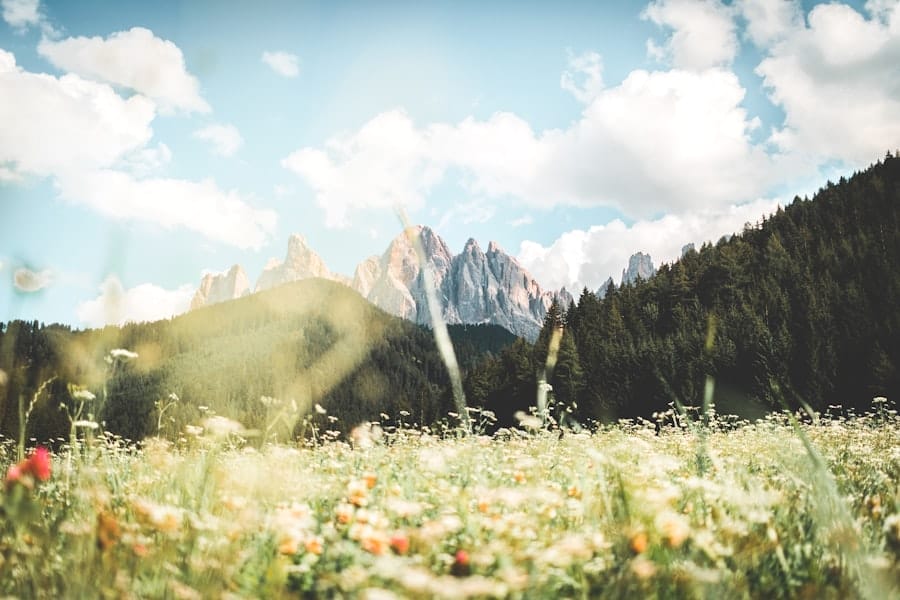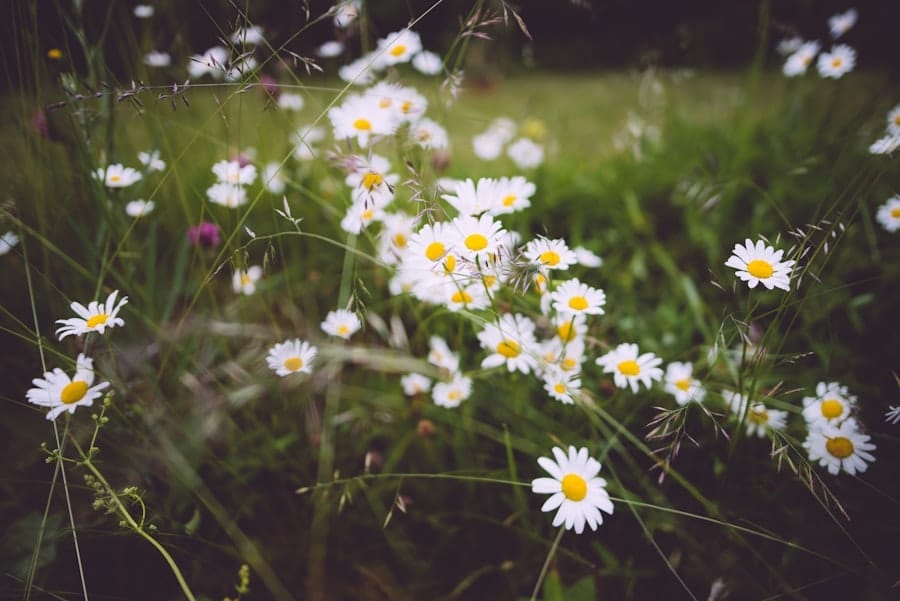As you step into the world of gardening, you may not realize the profound impact your choices can have on the environment, particularly concerning bee populations. Bees play a crucial role in pollination, which is essential for the reproduction of many plants, including a significant portion of the crops that feed the global population. By creating a bee-friendly garden, you are not only enhancing your own outdoor space but also contributing to the health of local ecosystems.
The decline in bee populations due to habitat loss, pesticides, and climate change has raised alarms among scientists and environmentalists alike. By understanding the importance of these industrious insects, you can take meaningful steps to support their survival. In your quest to cultivate a bee-friendly garden, you will discover that it is not merely about planting flowers; it is about fostering a thriving environment where bees can flourish.
A garden that attracts bees can lead to increased pollination, resulting in more vibrant blooms and bountiful harvests. Moreover, by providing a sanctuary for bees, you are participating in a larger movement toward biodiversity and ecological balance. Your efforts can help counteract the negative effects of urbanization and agricultural practices that have led to the decline of these vital pollinators.
Embracing the role of a steward for bees can be both rewarding and impactful, allowing you to connect with nature in a deeper way.
Key Takeaways
- Bee-friendly gardens are important for supporting the declining bee population and maintaining a healthy ecosystem.
- Choose native plants that provide nectar and pollen for bees throughout the year.
- Create a suitable habitat for bees by providing nesting sites such as bee hotels and undisturbed areas of soil and vegetation.
- Provide water sources for bees such as shallow dishes with rocks for landing pads.
- Avoid pesticides and chemicals in your garden to protect bees and other beneficial insects.
Choosing the Right Plants for Your Bee-Friendly Garden
Embracing Diversity in Plant Selection
When it comes to selecting plants for your bee-friendly garden, diversity is key. Bees are attracted to a wide variety of flowers, so incorporating different species will create a more inviting environment for them. You should consider native plants, as they are well-adapted to your local climate and soil conditions, making them more resilient and beneficial for local bee populations.
Native Flowers: The Best Sources of Nectar and Pollen
Native flowers often provide the best sources of nectar and pollen, which are essential for bees’ survival. By choosing plants that bloom at different times throughout the growing season, you can ensure that there is always something available for bees to forage on. In addition to native plants, you might also want to include herbs and flowering vegetables in your garden.
Choosing the Right Plants for Bees
Plants like lavender, rosemary, and sunflowers not only attract bees but also add beauty and functionality to your space. When selecting plants, aim for those with open flower shapes that allow bees easy access to their nectar. Avoid hybrid varieties with tightly packed petals, as these can be difficult for bees to navigate.
By thoughtfully curating your plant selection, you can create a vibrant and diverse garden that supports bee populations while also enhancing your outdoor experience.
Creating a Suitable Habitat for Bees
Creating a suitable habitat for bees goes beyond just planting flowers; it involves designing an environment that meets their needs for shelter and nesting. Many bee species are solitary and prefer to nest in undisturbed areas such as bare soil or dead wood. You can help by leaving patches of bare ground in your garden or incorporating natural materials like logs and twigs into your landscape.
These features provide essential nesting sites for solitary bees, which make up a significant portion of the bee population. Additionally, consider adding bee hotels or insect houses to your garden. These structures can be made from various materials such as bamboo, wood, or hollow stems and serve as artificial nesting sites for solitary bees.
Placing these hotels in sunny spots sheltered from wind will make them even more appealing to bees. By creating diverse habitats within your garden, you will not only support bees but also encourage other beneficial insects and wildlife to thrive alongside them.
Providing Water Sources for Bees
Just like any other living creature, bees require water to survive. However, finding safe water sources can be challenging for them, especially in urban environments where natural water bodies may be scarce. You can easily remedy this by providing shallow water sources in your garden.
A simple birdbath filled with pebbles or stones can create a safe landing area for bees while preventing them from drowning. Ensure that the water is shallow enough for them to access without risk. Another option is to create small puddles or mud areas where bees can gather water and collect mud for nesting purposes.
This not only provides hydration but also supports their nesting needs. By incorporating these water sources into your garden design, you will create a more inviting environment for bees while also enhancing the overall biodiversity of your outdoor space.
Avoiding Pesticides and Chemicals
One of the most significant threats to bee populations is the widespread use of pesticides and chemicals in gardening and agriculture. As you embark on your journey to create a bee-friendly garden, it is crucial to adopt organic gardening practices that minimize harm to these vital pollinators. Instead of relying on chemical pesticides, consider using natural alternatives such as neem oil or insecticidal soap that are less harmful to bees and other beneficial insects.
Additionally, practicing integrated pest management (IPM) techniques can help you maintain a healthy garden without resorting to harmful chemicals. This approach involves monitoring pest populations, encouraging beneficial insects that prey on pests, and using physical barriers like row covers to protect plants from infestations. By prioritizing organic methods and avoiding harmful chemicals, you will create a safer environment for bees while still enjoying a flourishing garden.
Maintenance and Care for Your Bee-Friendly Garden
Monitoring and Pruning
Regularly monitoring your plants for signs of pests or diseases will help you address issues before they escalate. You should also practice proper pruning techniques to encourage healthy growth and flowering.
Seasonal Practices
In addition to plant care, consider implementing seasonal practices that benefit bees. For instance, leaving some areas of your garden uncut during the fall allows native bee species to overwinter safely in their nests. Similarly, avoiding spring clean-up until later in the season can help protect emerging bees that rely on early blooms for food.
Long-term Benefits
By adopting these maintenance practices, you will ensure that your garden remains a thriving habitat for bees year after year. Deadheading spent blooms not only keeps your garden looking tidy but also promotes further blooming throughout the season.
Attracting Different Species of Bees
Your bee-friendly garden has the potential to attract a diverse array of bee species, each with its unique characteristics and behaviors. To maximize this diversity, focus on planting a variety of flowers that cater to different types of bees. For example, bumblebees are often attracted to larger blooms like foxgloves and clover, while solitary bees may prefer smaller flowers such as daisies or wildflowers.
You might also want to consider creating specific zones within your garden that cater to different bee species’ preferences. For instance, a sunny patch with low-growing flowers can attract ground-nesting bees, while taller plants can provide shelter for bumblebees. By understanding the preferences of various bee species and designing your garden accordingly, you will create an inviting space that supports a rich tapestry of pollinators.
Getting Involved in Bee Conservation Efforts
As you become more passionate about supporting bee populations through your gardening efforts, consider expanding your involvement in broader conservation initiatives. Many local organizations focus on protecting pollinators and their habitats through education, advocacy, and community engagement. Joining these groups can provide you with valuable resources and opportunities to connect with like-minded individuals who share your commitment to bee conservation.
You might also explore volunteer opportunities with local conservation projects or participate in community events focused on pollinator awareness. Engaging with others who are dedicated to protecting bees can amplify your impact and inspire further action within your community. By taking these steps, you will not only enhance your own gardening practices but also contribute to a collective effort aimed at safeguarding these essential pollinators for future generations.
In conclusion, creating a bee-friendly garden is an enriching endeavor that benefits both you and the environment. By understanding the importance of bees, choosing the right plants, providing suitable habitats and water sources, avoiding harmful chemicals, maintaining your garden thoughtfully, attracting diverse species, and getting involved in conservation efforts, you can make a significant difference in supporting these vital pollinators. Your efforts will not only enhance the beauty of your outdoor space but also contribute to the health of local ecosystems and food systems worldwide.
Embrace this opportunity to be part of something greater—your garden can become a sanctuary for bees and a testament to your commitment to environmental stewardship.
If you’re looking to improve your overall health and well-being, you may also be interested in learning about the best practices to lose body fat quickly. Check out this article on how to lose body fat quickly for some powerful tips and tricks to help you achieve your fitness goals. By incorporating these strategies into your routine, you can not only create a bee-friendly garden but also improve your own health and fitness levels.
FAQs
What is a bee-friendly garden?
A bee-friendly garden is a garden that is designed to attract and support bees. It includes a variety of flowering plants that provide nectar and pollen for bees, as well as nesting sites and water sources.
Why is it important to have a bee-friendly garden?
Bees are important pollinators that play a crucial role in the ecosystem and in food production. Creating a bee-friendly garden helps support bee populations and promotes biodiversity.
How can I start a bee-friendly garden?
To start a bee-friendly garden, you can choose a variety of flowering plants that bloom at different times of the year, provide nesting sites such as bee hotels or undisturbed areas of soil, and avoid using pesticides and herbicides.
What are some bee-friendly plants to include in a garden?
Some bee-friendly plants to include in a garden are lavender, sunflowers, bee balm, coneflowers, and wildflowers. It’s important to choose a variety of plants that bloom at different times to provide a continuous food source for bees.
Are there any specific gardening practices to avoid in a bee-friendly garden?
In a bee-friendly garden, it’s important to avoid using pesticides and herbicides, as these can be harmful to bees. It’s also important to provide nesting sites and to avoid disturbing areas where bees may be nesting.














No Comment! Be the first one.